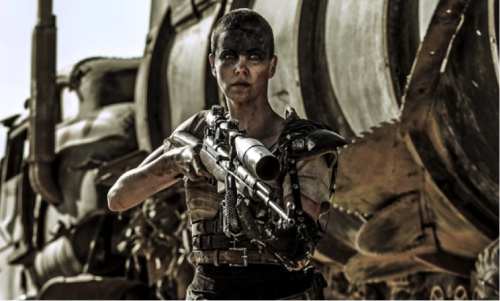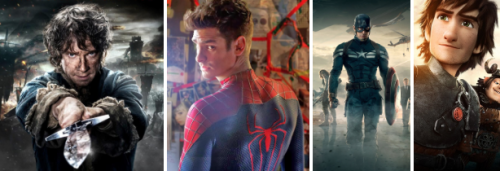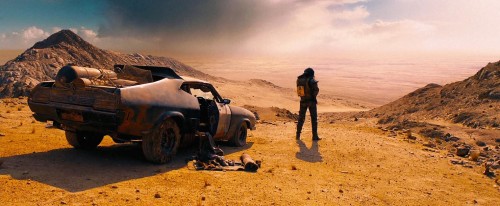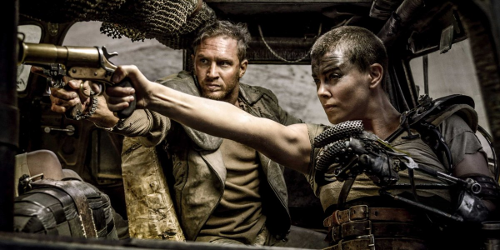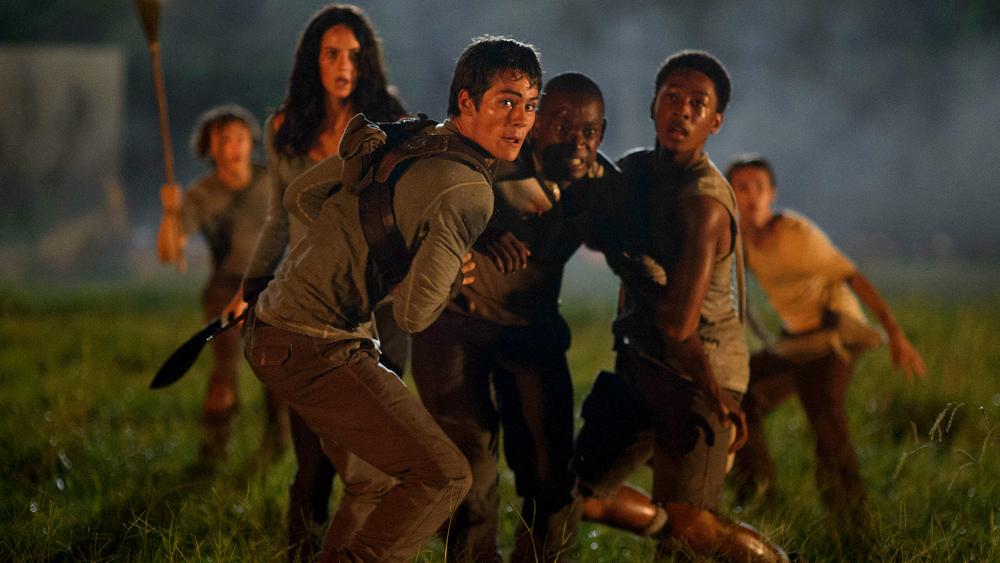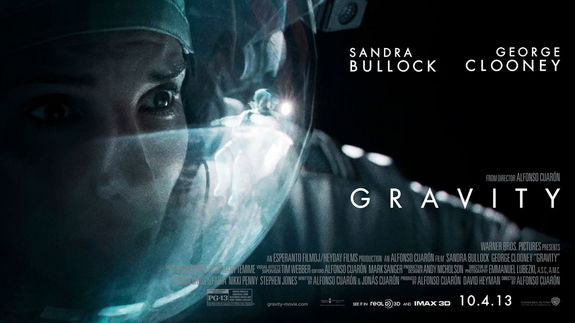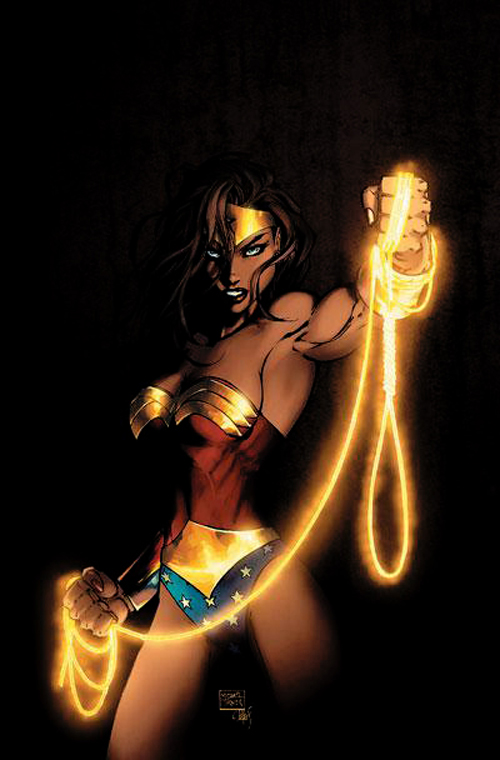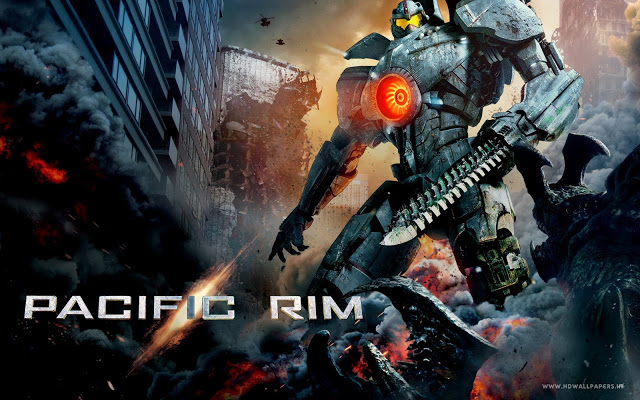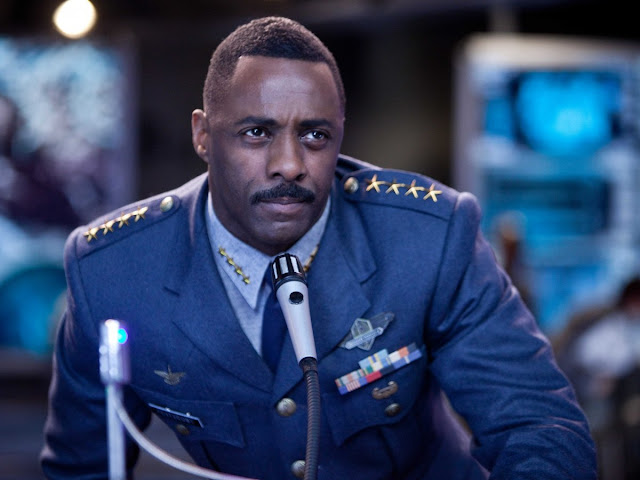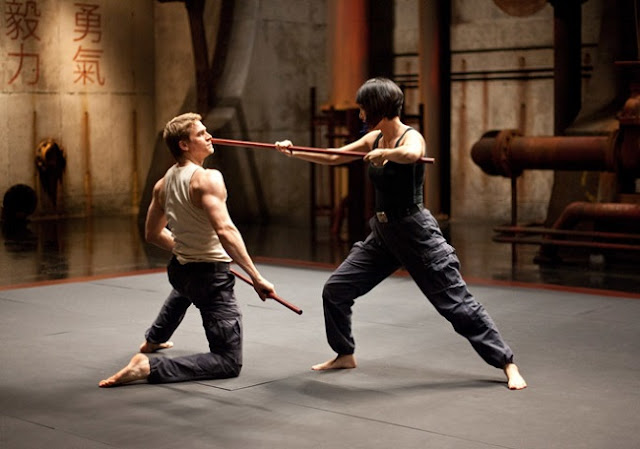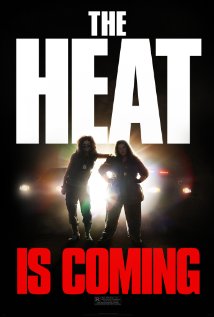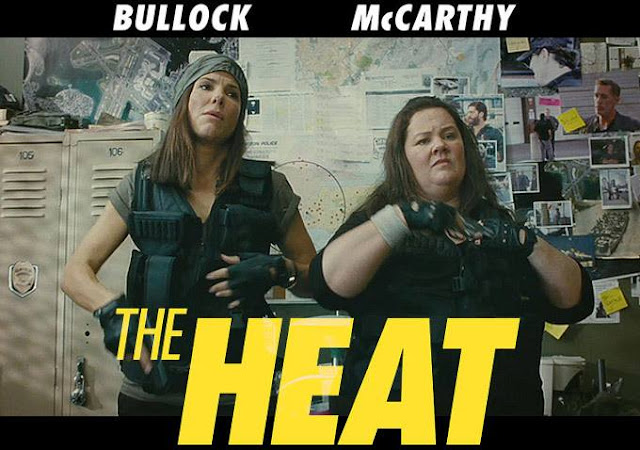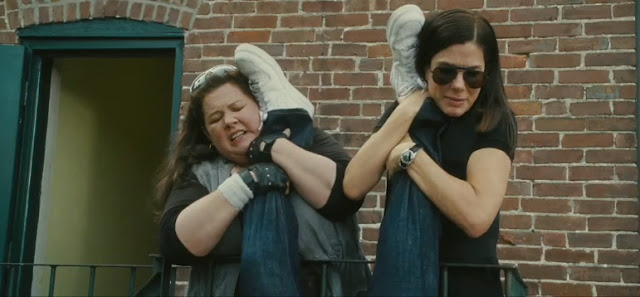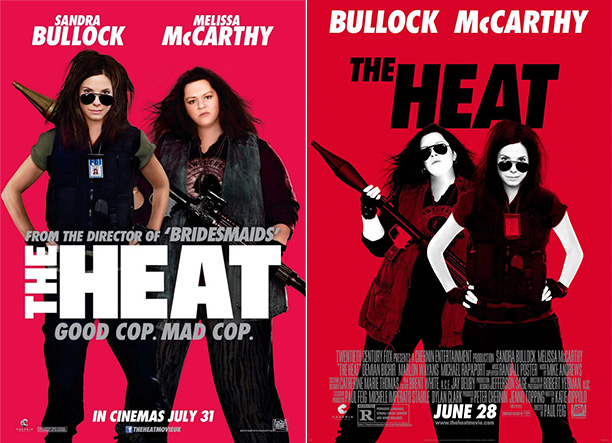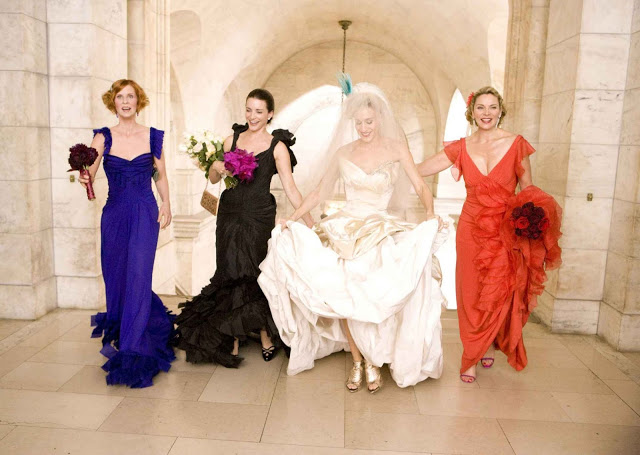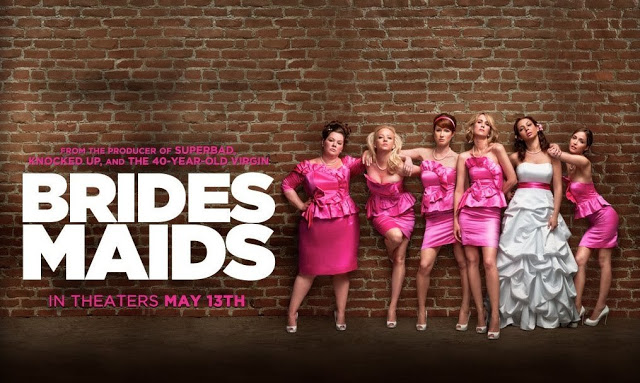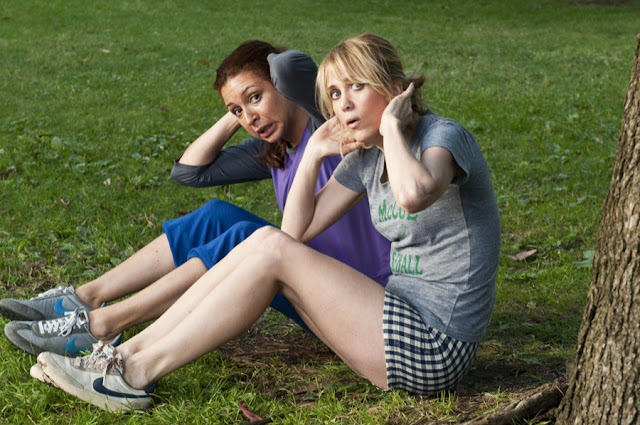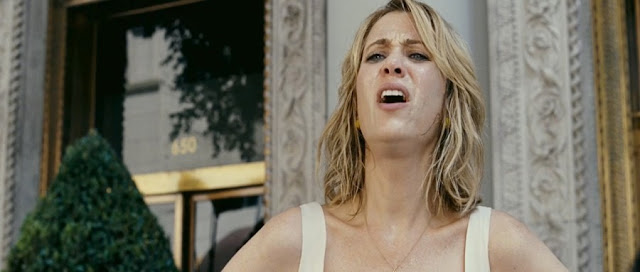This guest post by Sophie Hall appears as part of our theme week on Violent Women.
This article contains spoilers for Mad Max: Fury Road, Avengers: Age of Ultron and Jurassic World.
Is Mad Max: Fury Road the greatest feminist blockbuster of the year? Or is it simply, in the words of Immortan Joe, mediocre? This has been endlessly debated over the past few months since the film’s release in May and though opinions may vary, I feel that this is one of the more successful attempts at female representation in a blockbuster and my favourite of the year so far. This is largely due to how violence and female characters in Fury Road intertwine, like how the characters both embrace violence and reject it.
Furiosa ready for battle
Let’s start with the most obvious character to analyse: Furiosa. What struck me most about violence and her character was how it kept her in the limelight. By that, I mean she didn’t have to teach Max or Nux to fight so that they could save the day. In an article at Black Girl Nerds titled “Strong Characters are Barely Strong and Rarely Characters” (about female characters in general), writer Bijhan Valibeigi states that
“In the first act we meet her and she seems rude and dismissive, saying ‘whatever’ and rolling her eyes. In the second act we are shown that she secretly has a feminine and caring side – almost universally in the process of learning that she secretly cares for the male protagonist, and is too insecure to admit it. In the third act she learns to reconcile her feelings for the protagonist with her tough-as-nails identity and uses some typically ‘for boys’ skills – usually combat, but also often hacking or deductive science – to save the male protagonist… so that he can save the day.”
But in Fury Road, this is more the case for Max than Furiosa; she uses violence for herself and herself alone. Max and Nux’s characters are not blessed with Furiosa’s pearls of violent wisdom so that they can excel and save the day. There’s even a scene in the film that were it given to your everyday Hollywood writer, it would have panned out differently (and disappointingly). When their rig is stuck in the bog, Max’s character is trying and failing to shoot an approaching enemy. This would have been the perfect opportunity for Furiosa to guide Max and let him save the day. She could have given him your typical supportive BS like, “relax,” “just breath,” “we believe in you,” “take your time,” “use the force,” etc. Instead, Furiosa uses Max’s shoulder as an armrest as she hits the target with a single shot.
Furiosa telling Max to sit down
For Furiosa to not let another male character steal the scene with heroic violence but instead to rely on her own self-confidence and do it herself is a breath of fresh air for the audience members, particularly female ones. Furiosa doesn’t have to tell how violent she is; she shows us.
Max’s character is actually a complement to the violent women of the film. He never once treats Furiosa’s violence with disdain over the fact that she’s a woman. He always treats her as his equal. He treats her with hostility when they first meet not because he underestimates her, but because he understands that she’s his physical equal and a threat. There is no condescension. As he is the co-leading protagonist of the film, the way that he perceives Furiosa is vital as it is how the audience will be guided to see her through his gaze.
Furiosa having control and using her own violence is again highlighted in the final showdown of Fury Road. Furiosa, stabbed and wounded yet still persistent, takes down the main villain Immortan Joe. “Remember me?” Furiosa growls just before ripping his breathing apparatus–and half of his face–clean off. That quip may seem like your average cool one-liner, but for me it is so much more than that. It’s Furiosa, our female protagonist, who takes out the bad guy. Not Max. Not Nux, or any other male character. Her. It’s as if she’s saying it directly to the audience as well as at Immortan Joe. Even though the scene is extremely brutal, the violence of it can again be seen as to empower women. Our representation defeats the bad guy!
This gives our female audience members a pleasure that we so far haven’t really experienced this year (granted, Star Wars and Mockingjay Part 2 are still yet to be released). We almost had it in Age of Ultron when Scarlet Witch rips out Ultron’s heart, apart from the fact that his doom was moments away anyway and that Vision’s character was the one to destroy Ultron’s final form. We kind of had it in Jurassic World when Claire’s character releases the T-Rex on the Indominous Rex, but the moment is dampened when she tells her male colleague to “be a man for once in his life” and help her beforehand. Furiosa doesn’t have to discredit her violence in order to use violence to save the day, whereas Claire had to.
Even though Furiosa’s link to violence can be seen as empowering to her gender in Fury Road, one of the more interesting things I found writer/director George Miller doing was having The Wives not be inherently violent. When Furiosa tried to kill Nux in self-defense, The Wives intervene and remind Furiosa that they had agreed to “no unnecessary killing!” Now, Miller could have easily made The Wives bloodthirsty characters with no substance like this years Sand Snakes on Game of Thrones, but Miller did the opposite, giving them more depth and intelligence.
The Wives’ reasoning for sparing Nux was the he’s “kamakrazee,” which means he’s one of Immortan Joe’s war boys. This implies that The Wives know that Nux is just brainwashed by Immortan’s regime and is a victim of his rule. I found this one of the more profound moments of Fury Road, as The Wives have more reason than any to want to inflict violence on others as so much of it has been inflicted on them, yet they do not.
Miller even has a scene where one of The Wives, The Dag, discusses the reasons for violence- with another female character! Yay for no mansplaining! “I thought you girls were above all that,” The Dag says to one of the Many Mothers as she described how she shoots her enemies. Even the topic of violence helps to develop the pairs characters, as the Many Mother entrust The Dag her seeds she’d been keeping to plant one day as she’s dying.
The Dag saying goodbye to one of the Many Mothers
Better still, Miller doesn’t directly state that Furiosa and the Many Mothers’ use of violence are wrong and The Wives’ lack of violence is right. He hints more at that they need to co-exist with one another. For example, as a result of The Wives having Nux spared leads to their survival, as Nux later sacrifices himself to protect them and Furiosa needed to be violent in order to save the day and defeat the bad guy.
The mix of these two stances the women have on violence leads to them creating a peaceful matriarchal society at the end of Fury Road. Which brings me to what I most love about how violence was portrayed in this film: both the traditionally feminine characters against violence and the traditionally masculine characters who use violence are all meant to be treated with respect by the audience–one isn’t right, one isn’t wrong. The violence in Fury Road doesn’t make the women at odds with each other, but helps bind them together.
Sophie Hall is from London and has graduated from university with a degree in Creative Writing. She is currently writing a sci-fi comic book series called White Leopard for the website http://www.wpcomicsltd.com.
